The album is pure synthesizer, from beginning to end. Mimran takes Barhardt’s machine and test drives it to the limit. Melodies are poured from one speaker to another, counter rhythms rushing forth and accelerating past tapered beats. Axxess traverses a gamut of sounds, cornering ambience whilst pursuing a new electronic destination.
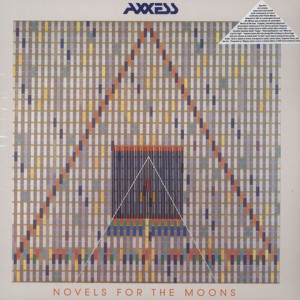
[Buy at Amazon] You’ve got to keep your ear to the ground when it comes to records. Blink and you could easily miss something. So peelers wide and ears open for the latest from Seattle’s Medical Records. The imprint has once more dived below and retrieved not only a forgotten gem from the depths, but a wonderful back story to accompany it. In 1983 French multimedia artist Patrick Mimran aka Axxess released Novels for the Moon on his Lamborghini Records. Mirmran’s label appellation was inspired by his day job, being co-director of Lamborghini Motors. It is from such a grand background that Mimran’s LP comes. The Lamborghini man was inspired by the electronic pioneers of Tangerine Dream, Kraftwerk and Karl Schluze. But Mimran didn’t emulate the sounds of the greats like most others, cobbling together a synth by mail order. No, Mimran decided to develop his sound like the Head of a supercar company would. Mimran commissioned the German engineer Andreas Barhardt to create a custom-built synthesizer. Barhardt had previously built synths for Peter Baumann of Tangerine Dream. Eventually 16 voice analogue synthesizer was created by Barhardt’s hand for Mimran’s use. Now armed with his artisan analogue box, Mimran was ready to get down some tracks.
“When The Lips Fly High” gets things under-way in fine form. A merging of terse movements and polyphonic sounds blend to produce a wonderful opening. From the get go the Axxess taps are open, releasing a veritable flood of analogue music. Aspects of rock are in here, elements of pop and outright experimentation; all served up through Barhardt’s synth. The machine is torn into by Mimran, from the arpeggio medleys of “Twilight Ride” and beyond. Some of the material has parallels to the work of S.C.D. or even some of Sauveur Mallia’s material. Other pieces, such as the ephemeral “Sad Blue and I” are straight off the Tangerine Dream shelf. You’re never too sure where Mimran is going to lead you, from the sample heavy jungle of “Owls” to the soft reverberations of “Traditional Moon Dance.” The abstract sounds of the record are not mysterious drone or subterranean silence, instead they involve Mimran having something of a jamming session on his machine. Melodies rise and fall, tripping over one another in a clean yet frenetic manner, as in “Kissing the Desert Ghost.” From time to time the album takes on a soundtrack aspect, such as the synthesizer ingenuity of “Dancing Shadows” which coaxes a range of ideas and emotions from the electric chords. A disco column supports the album, but its influence comes to a head in specific pieces like “Pages.” There is a playfulness that runs throughout. Mimran seems like a child in a Moog shop, running out a buffet of melodies with Western and Eastern influences. Other pieces border the realms of C64 themes, the polyphonic machine giving a complexity to the familiar 8bit pieces. Axxess saves one of the best for last, the lengthier “Flying Rabbit” with its rolls of analogue sound and quirky flurries.
The album is pure synthesizer, from beginning to end. Mimran takes Barhardt’s machine and test drives it to the limit. Melodies are poured from one speaker to another, counter rhythms rushing forth and accelerating past tapered beats. Axxess traverses a gamut of sounds, cornering ambience whilst pursuing a new electronic destination. The record feels like a precursor of artists like Skanfrom and labels like Astro Chicken. The album is truly an awesome feat, with a back story that only adds to the musical accomplishment. Medical Records hitting the obscure target once again.
Novels for the Moon is available on Medical. Buy at Medical or Amazon.






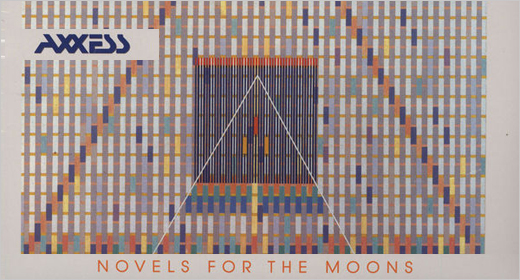




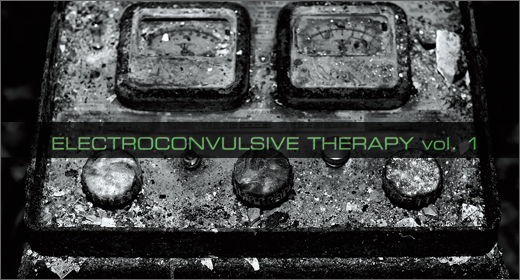
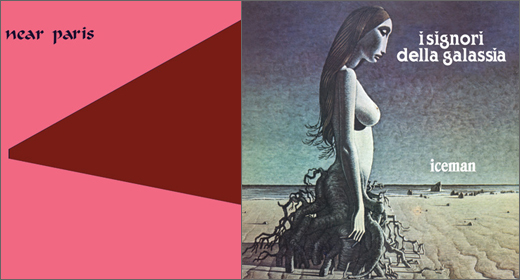
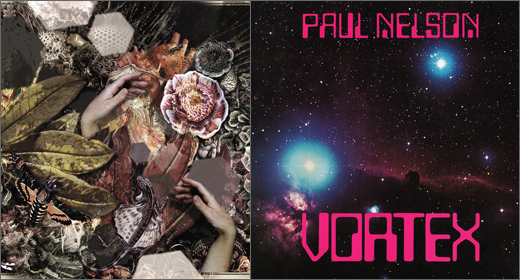





![Luke’s Anger :: Ceiling Walker EP (Love Love) — [concise]](https://igloomag.com/wp/wp-content/uploads/2025/04/lukes-anger-ceiling-walker-vinyl_feat-75x75.jpg)

![Ndorfik & madebyitself :: Solos EP (People Can Listen) — [concise]](https://igloomag.com/wp/wp-content/uploads/2025/04/ndorfik-madebyitself-solos_feat-75x75.jpg)





